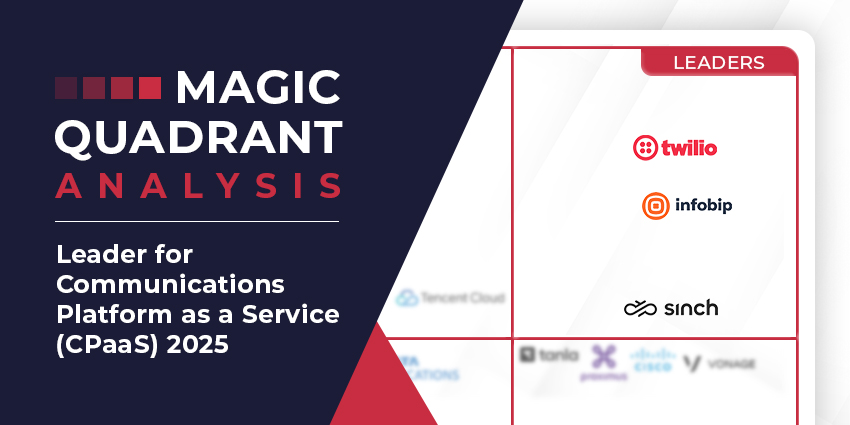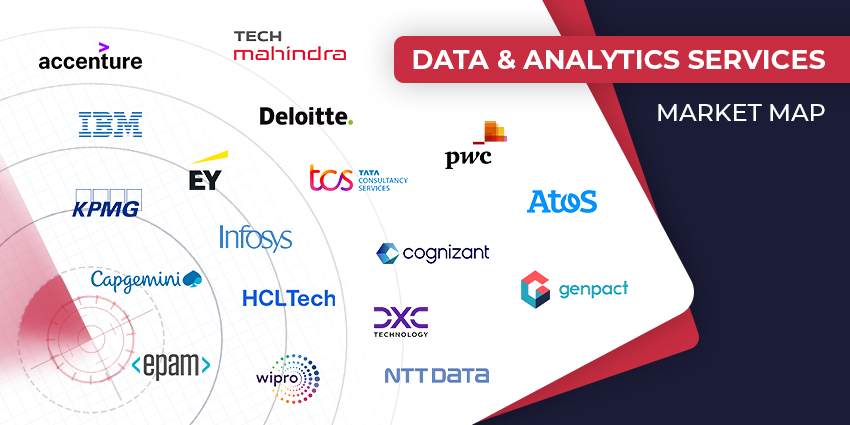In a bid to boost its positioning as a “customer engagement” platform, Verint Systems has unveiled its new solution to provide a comprehensive, enterprise-wide view of the voice of the customer.
Dubbed Verint Unified VoC, the solution gives customers a view of direct, indirect, and inferred VoC (voice of customer) from across key customer experience (CX) channels with automated analytics engine to deliver actionable insights.
Its aim is to provide insights that help organisations to prioritise and act upon the customer experience initiatives that deliver the most significant financial impact.
The New York-based analytics company, founded in 2002, sells software and hardware products for customer engagement management. Its products are designed to help organisations in data analysis.
Among the capabilities the new solution includes are:
- Cross-channel structured and unstructured VoC data collection including email, SMS and post call IVR surveys, digital feedback from websites and mobile devices, and customer interactions from contact centres that provide organisations a complete view of their customer and uncover blind spots often missed by other products
- Unified VoC data analysis allowing organisations to map data from multiple sources, create common KPIs, and drive insights and take action such as the identification, sizing and prioritisation of CX issues from across all channels to optimise ROI on CX initiatives
- Triggers, alerts, and case management that work out-of-the-box on the unified data sets to deliver VoC with real operational impact, such as automatically leveraging digital feedback to alert the contact centre of emerging issues and initiate actions to resolve those issues.
The company pointed to research carried out by Gartner in November 2018 that found that, “the ability to collect direct feedback through traditional email, web and/or mobile surveys is now standard and organisations should seek to collect, combine and interpret other forms of direct feedback with indirect feedback and inferred feedback.”

It also cited Forrester’s 2019 research that highlighted sharing VoC data throughout an organisation, a focus on unstructured and unsolicited customer interaction data, integrating VoC and operational data, embedded prioritisation frameworks, and better execution of “closing the loop” among the trending practices that help VoC programs. The same report noted that “VoC programs are still too focused on surveys, squander unstructured and unsolicited feedback, lack full data integration, and struggle to prove business value.”
According to Ben Smith, vice president and general manager of Verint’s Voice of the Customer solutions, that for the majority of his firm’s customers, surveying their customers remains important, and yet is no longer enough to give them what they need to differentiate in an increasingly competitive marketplace.
“We’re the only provider in the market to empower organisations with the automated ability to mine the millions of VoC interactions in their contact centre and digital channels”
“With our ability to collect these insights and analyse them together with a variety of cross-channel survey and operational data to drive action across the enterprise, Verint has redefined the role of CX in the market,” he said.
Richard Stevenson, CEO of Red Box, told UC Today that for those unaware of the potential benefit, or currently unwilling or unable to capture and analyse their voice data set, there is a significant opportunity being missed.
“Only 8% of CIOs and IT Decision Makers we surveyed claim the voice data their organisations capture is easily accessible for use in AI engines and for analytics. This is an unfortunate oversight as transcription is now sophisticated enough to allow voice data to be accessed without having to listen to each captured conversation individually,” he said.
Stevenson added that one particularly difficult data point to discern when analysing information is sentiment:
“As technology advances, sentiment analysis is now something that can be accurately analysed from voice data, without taking an unreasonable amount of time”
“Sarcasm, skepticism, and other emotions are difficult to obtain by simply reading transcriptions,” said Stevenson. “However, if the recording of the conversation is available and not just a transcription, it is significantly easier to understand the subjective context of what is being said. This allows for a more accurate analysis, and benefits the bottom line of any organisation looking to improve processes.”

Sunny Dhami, Senior Director at RingCentral, told UC Today that the best way to guarantee a business is not losing valuable feedback is by having multiple channels to collect the data.
“However, there are certain methods that can help if this is becoming difficult. If companies use post-contact surveys via email or social media polls, they can get unstructured feedback straight into a structured method which can then instantly be converted into a resource to grow the business,” he said.
“If this isn’t possible, then reviewing call recordings allows agents to physically listen back to customer feedback – particularly useful for customers who don’t have the time or simply don’t want to submit feedback via an organised method.”







